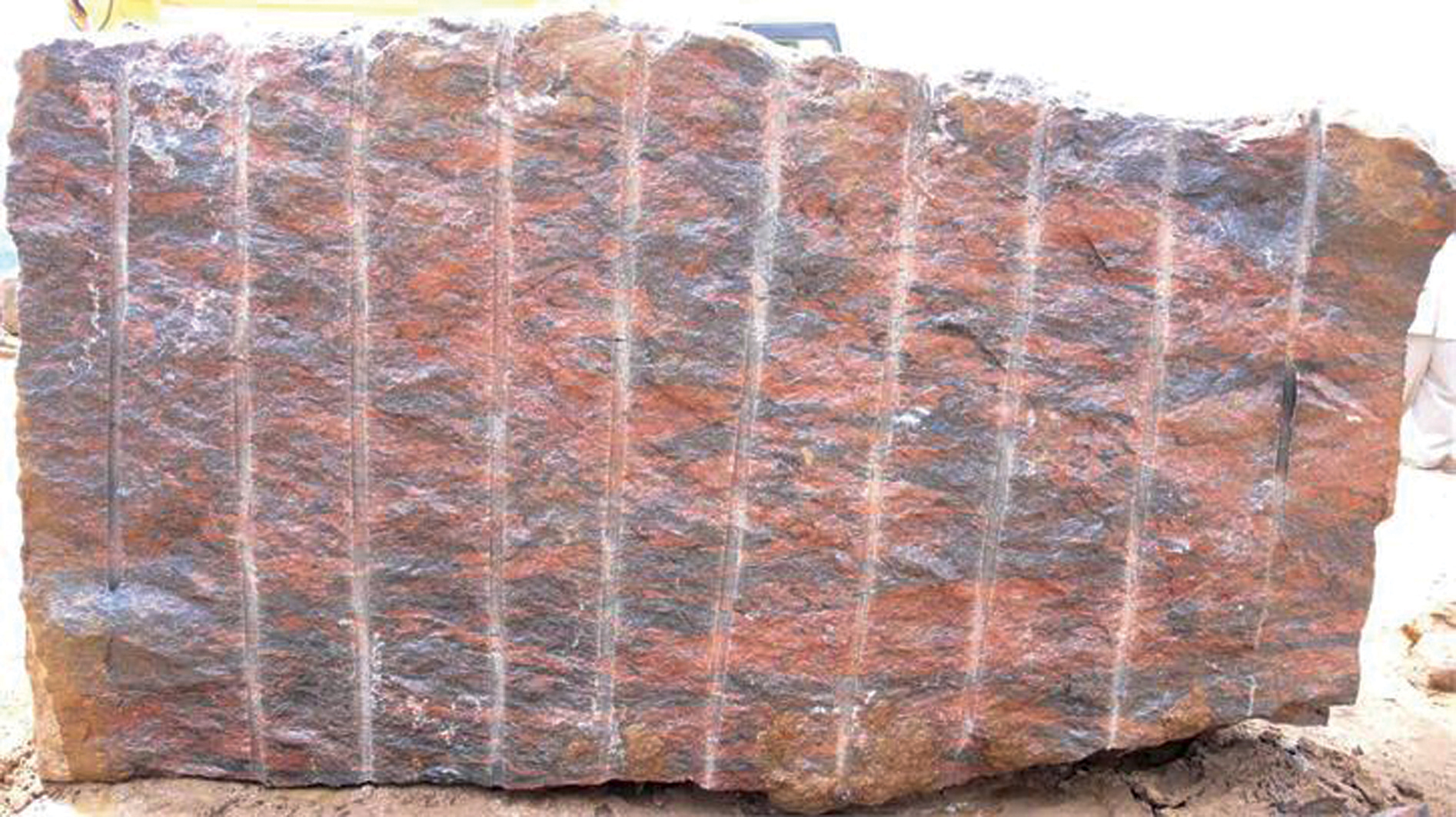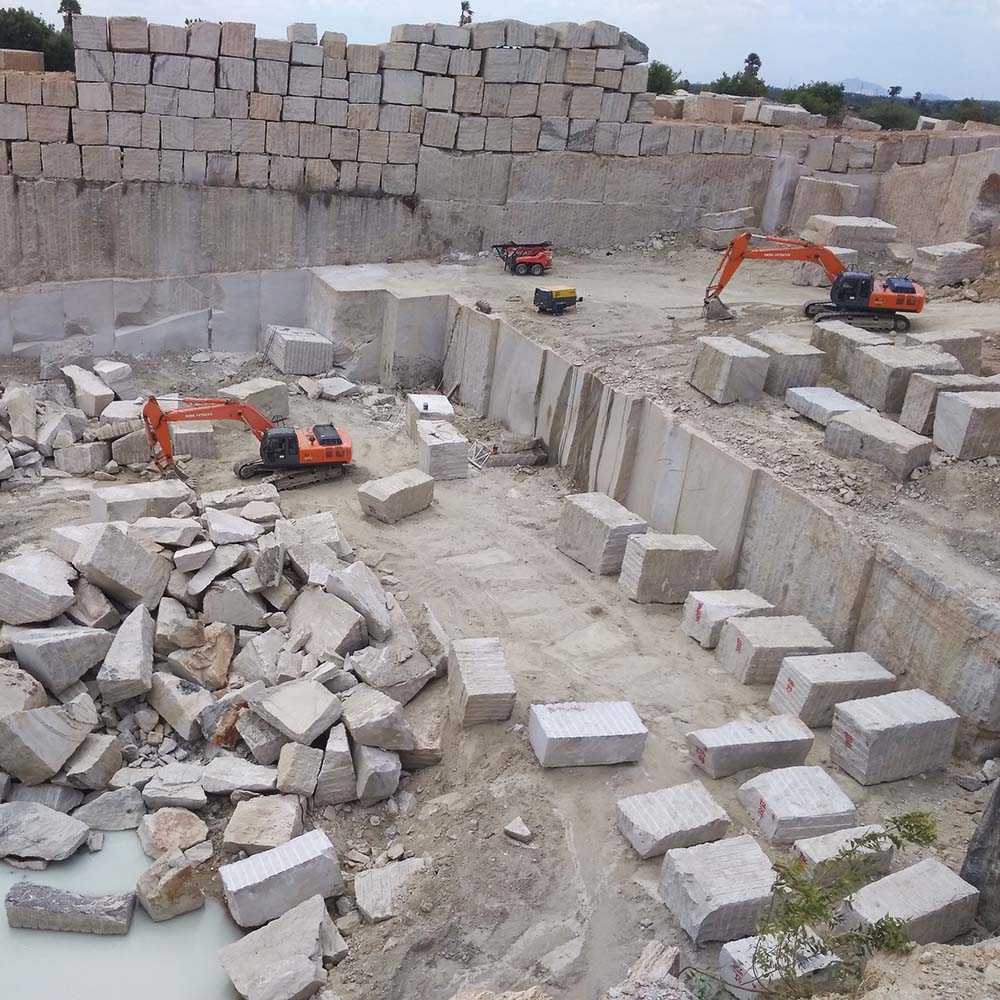Revealing Granite Quarries in South Africa Tradition: A Trip Via Quarries
Revealing Granite Quarries in South Africa Tradition: A Trip Via Quarries
Blog Article
Unveiling the Mysteries of Granite Quarrying: Where Strength and Elegance Meet
The world of granite quarrying is a world where the raw strength of nature converges with human artistry to create frameworks that stand the examination of time with an air of sophistication. From the midsts of quarries to the careful sprucing up in workshops, the procedure of transforming granite into architectural wonders is an intricate dancing of tradition and advancement. As we peer right into the midsts of this old craft, we start to uncover the covert ins and outs that form the really significance of our constructed environment.
The Origins of Granite Quarrying
In the annals of architectural history, the beginnings of granite quarrying are shrouded in a tapestry of old craftsmanship and geological wonders. Going back to old Egypt and Mesopotamia, the removal of granite from quarries noted the start of a trip that would at some point bring about the creation of some of the world's most renowned structures.
Granite quarrying's roots can be traced to the proficient craftsmens that acknowledged the stone's toughness and visual charm. With a combination of primitive tools and sheer determination, these early quarry employees uncovered granite blocks that would certainly come to be the foundation of people.
As people progressed, so did the methods of quarrying granite. The Romans, renowned for their engineering prowess, created innovative techniques for drawing out granite to construct monuments, holy places, and roadways that stood the test of time.
The legacy of these old quarrying methods remains to form contemporary design, with granite staying a symbol of stamina and beauty in building and construction tasks around the globe. (granite quarries in south africa)
Tools of the Quarrying Profession
The development of granite quarrying strategies from old worlds to modern times highlights the crucial duty played by the devices of the quarrying trade in forming the market's practices. In old times, quarrying tools were primary, typically containing blades, hammers, and wedges made from products like bronze or iron. These tools required considerable manpower and time to remove granite blocks from quarries.

In addition, the intro of pneumatically-driven devices and high-powered equipment has actually significantly lowered the physical labor called for in quarrying procedures, boosting employee safety and security and performance. As the quarrying market remains to innovate, the tools of the trade remain at the forefront of driving progression and shaping the future of granite extraction.
Extracting Blocks of Granite
Making use of accuracy equipment and advanced techniques, the extraction of granite obstructs from quarries has ended up being a sophisticated process in the modern-day quarrying sector. The preliminary step involves recognizing the area and size of the granite deposit to determine one of the most effective extraction method. As soon as a suitable site is chosen, the extraction procedure begins with the drilling of openings for the placement of nitroglycerins. Controlled blasting methods are great site after that employed to break apart the granite right into manageable sections.

Sprucing Up and Completing Strategies
To accomplish a flawless surface area on granite blocks, knowledgeable artisans use a collection of careful sprucing up and completing techniques. After the first extraction and forming procedures, the granite blocks undergo a comprehensive sprucing up stage to enhance their all-natural elegance and durability.
Along with sprucing up, completing strategies are related to further refine the granite's look. These techniques may include flaming, developing, or cleaning, each offering unique structures and coatings to fit different visual preferences. Flaming, as an example, involves revealing the granite surface area to high temperatures to develop a rough, distinctive coating, perfect for outdoor applications where slip-resistance is necessary. Refining, on the other hand, gives a matte coating that navigate to this site is smooth to the touch, perfect for indoor countertops and flooring. By thoroughly choosing and using these polishing and completing methods, craftsmens can change raw granite blocks right into exquisite items that display both toughness and elegance.

Environmental Impact and Sustainability
With the expanding emphasis on environmental awareness in the market, granite quarrying methods are significantly scrutinized for their influence on natural sources and lasting sustainability. Additionally, the transport of granite from quarries to processing facilities creates carbon discharges, additionally contributing to ecological degradation.
To minimize these influences and make certain sustainability in granite quarrying, sector stakeholders are taking on various steps. Executing advanced technologies to decrease energy consumption and water usage, reclaiming quarried land for eco-friendly restoration, and promoting liable sourcing methods are some strategies being utilized. Moreover, certifications such as the Woodland Stewardship Council (FSC) and the Leadership in Energy and useful content Environmental Style (LEED) help customers identify ecologically friendly granite products.
Final Thought
Finally, granite quarrying is a procedure that calls for specialized devices and methods to remove blocks of granite and polish them to a high level of finish. While the environmental impact of quarrying can be substantial, efforts are being made to boost sustainability methods in the market. Generally, granite quarrying is a fragile equilibrium in between using the strength and sophistication of this all-natural rock while decreasing its influence on the setting.
Report this page